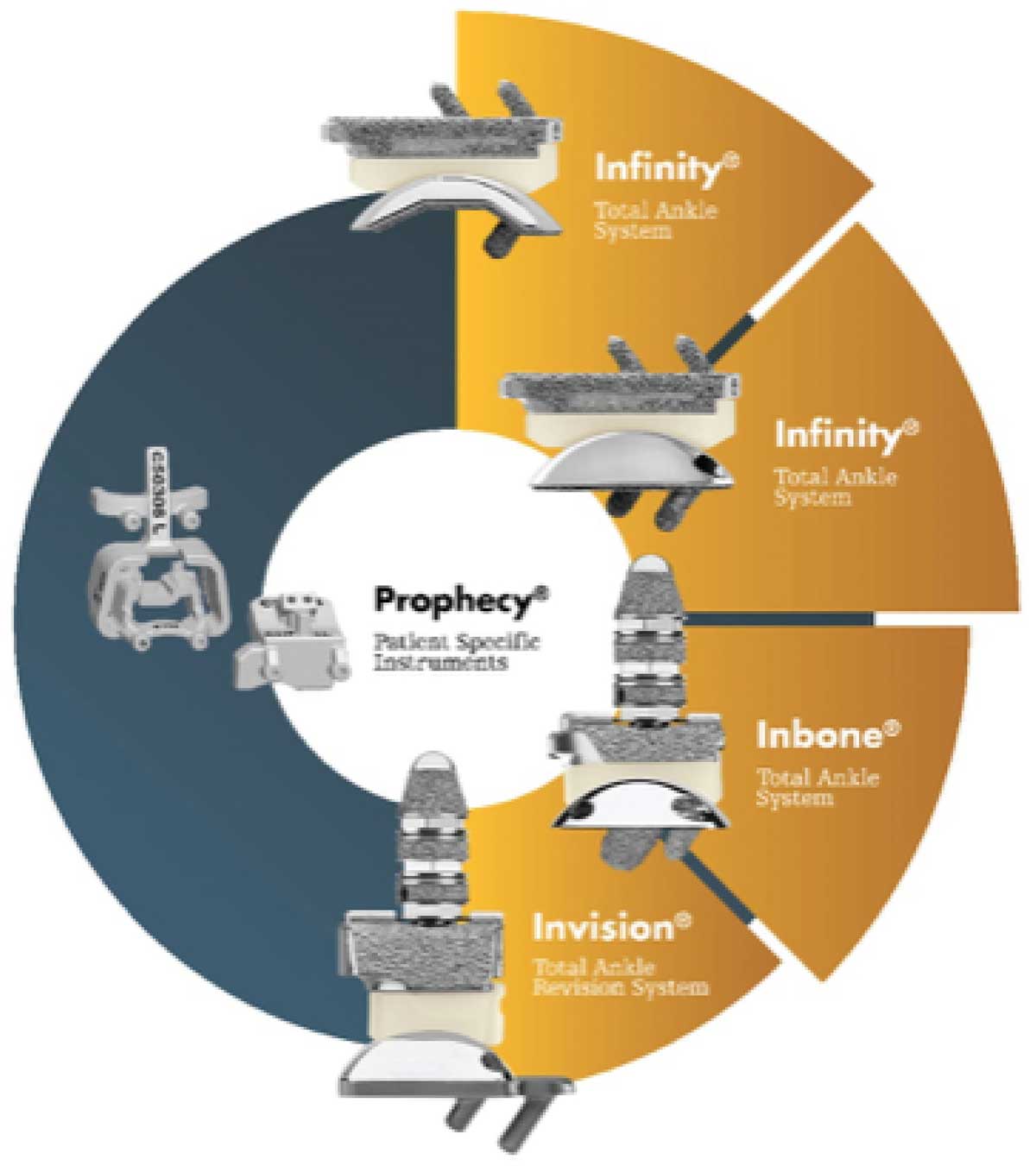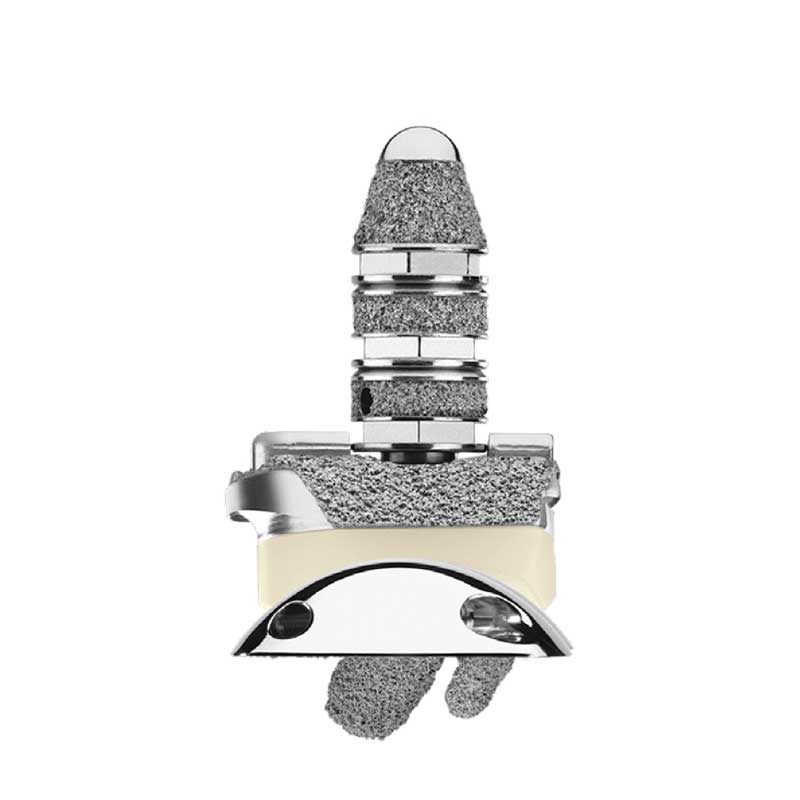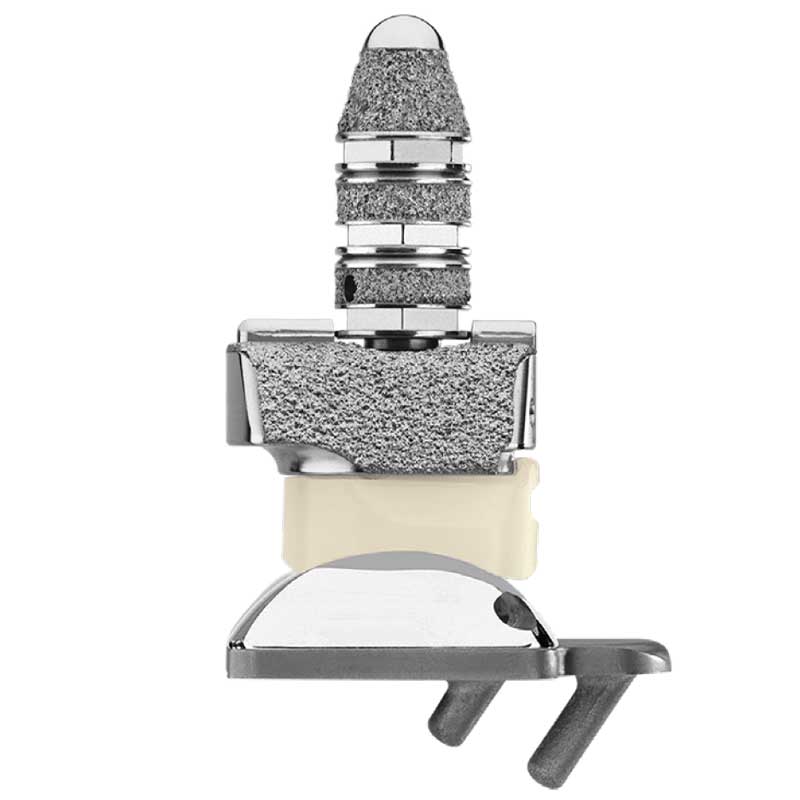Total Ankle Replacement
Diagnosis and treatment of knee pain
Total Ankle Replacement, also known as ankle arthroplasty, is a surgical procedure that replaces a damaged ankle joint with an artificial implant. This advanced orthopedic surgery is designed to relieve pain and restore function in ankles severely affected by arthritis or injury. As techniques and implant designs have improved, total ankle replacement has become an increasingly viable alternative to ankle fusion for many patients.
Total ankle replacement is typically considered for patients with end-stage ankle arthritis who have not found adequate relief from conservative treatments. This may include individuals with osteoarthritis, rheumatoid arthritis, or post-traumatic arthritis. The primary goal is to alleviate pain while maintaining or improving ankle motion, which can lead to better function and a more natural gait. Candidates for this procedure often experience severe ankle pain that interferes with daily activities, limited ankle motion, and difficulty walking on uneven surfaces. However, not everyone with ankle arthritis is a suitable candidate for total ankle replacement. Factors such as age, activity level, bone quality, and overall health are considered when determining if this procedure is appropriate.
Total Ankle Replacement vs. Ankle Fusion
When considering surgical options for severe ankle arthritis, patients are often presented with two main choices: total ankle replacement and ankle fusion surgery. While both procedures aim to alleviate pain, they have distinct differences and benefits.
Ankle Fusion — Also known as arthrodesis, ankle fusion has long been the traditional surgical treatment for end-stage ankle arthritis. This procedure involves removing the arthritic joint surfaces and fusing the bones in your ankle (the tibia to the talus), effectively eliminating motion at the ankle joint. While fusion can be effective in relieving pain, it comes with certain limitations.
Total Ankle Replacement — Total ankle replacement uses a sophisticated medical implate that aims to mimic how your natural ankle moves and rotates. Compared to fusion, total ankle replacment offers several potential advantages, including preserving motion, reducing stress on adjacent joints, improved function and gait, and a faster recovery.
* For more information, or to view supporting studies, please visit https://patients.stryker.com/total-ankle-replacement/treatment-options
Ankle Replacement Implants
At Texas Health Care Bone & Joint Clinic, we utilize state-of-the-art ankle replacement systems to provide the best possible outcomes for our patients. Stryker, a leading manufacturer of orthopedic implants, offers three advanced ankle replacement systems: Inbone, Infinity, and Invision. Each system has unique features designed to address specific patient needs and anatomical considerations, creating a customized set of options to suit your particular situation and anatomy.
The Stryker lineup of implants includes:
- Infinity® Total Ankle System
- Inbone® Total Ankle System
- Invision® Total Ankle Revision System
The choice between these implant systems depends on various factors, including the patient's anatomy, the condition of their ankle joint and surrounding bones, their activity level, and whether it's a primary or revision surgery. Our experienced orthopedic surgeons will carefully evaluate your specific case to recommend the most appropriate implant system for your needs.

Three implant options to fit your unique anatomy
1 Infinity®

The Infinity system offers a balance of stability and mobility, making it suitable for a wide range of patients:
- Anatomically designed components for a more natural fit
- Streamlined instrumentation for potentially shorter operation times
- Optimized bearing design for smooth movement and reduced wear
- Options for fixed or mobile bearing configurations
The Infinity system is often chosen for its versatility and ability to closely mimic natural ankle motion.
2 Inbone®

The Inbone system is designed for patients with more complex ankle conditions or those requiring additional stability:
- Modular design allowing for customization to patient's anatomy
- Long tibial stem for enhanced stability, particularly beneficial in cases with poor bone quality
- Ability to correct significant deformities
- Suitable for both primary and revision surgeries
The Inbone system may be particularly beneficial for patients with larger ankles or those needing more substantial correction of alignment.
3 Invision®

The Invision system is specifically designed for revision surgeries, addressing the unique challenges of replacing or correcting a previous ankle replacement:
- Ability to address bone loss often encountered in revision cases
- Multiple component options to manage complex anatomical situations
- Compatibility with both Inbone and Infinity primary systems
- Enhanced fixation options for stability in compromised bone
The Invision system provides solutions for patients who require a revision of a previous ankle replacement, offering renewed hope for pain relief and improved function.
SOURCES
A portion of the content and images used on this page was sourced from Skryker and used with permission. For more information, please visit: https://patients.stryker.com/total-ankle-replacement/treatment-options
Copyright © 2024 Stryker Corporation
Used with permission by Texas Health Care Fort Worth Bone and Joint Clinic

